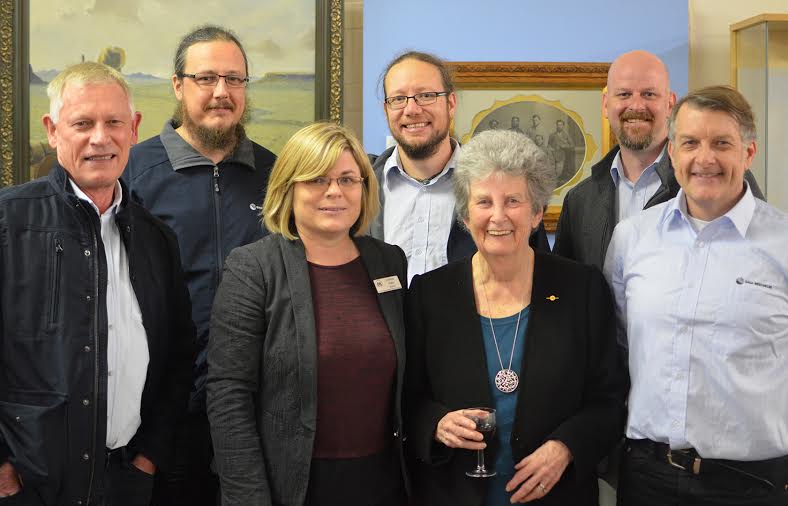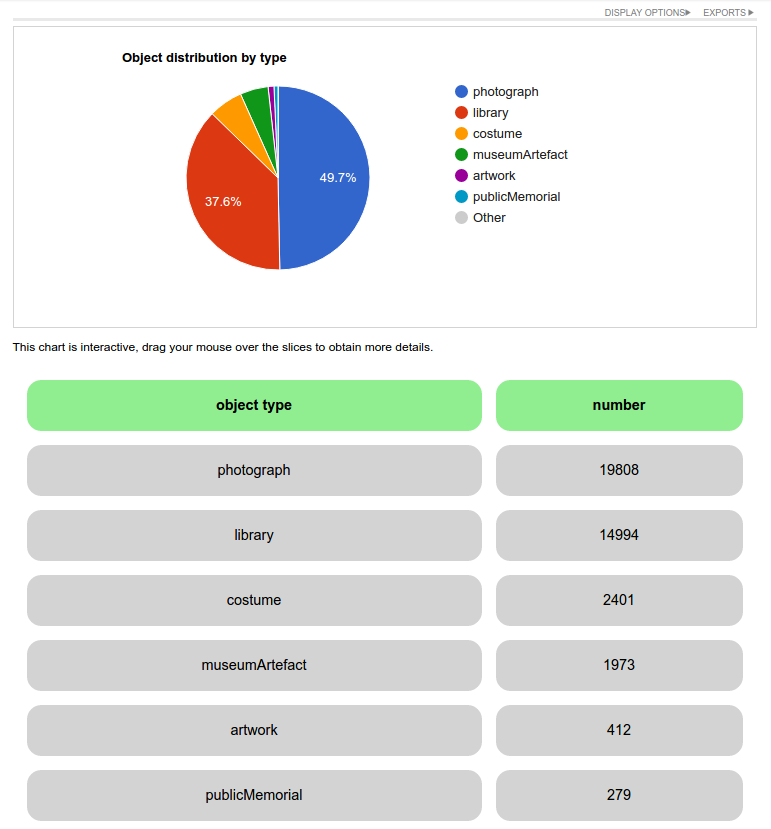Last night we officially rolled out the new Royal Western Australian Historical Society (RWAHS) website, collections portal and online shop at their regular meeting. We’ve previously announced the start of the project back in March and described the project in our portfolio, but here’s a recap from Alex:
So, a recap – we have helped the Royal Western Australian Historical Society realise their vision of providing present and future generations with access to the history of Western Australia. By implementing CollectiveAccess, the Society has significantly upgraded their existing digital Museum, Photograph, Library collections, and their Public Memorials dataset, into a new web-enabled collections management system. At the same time, we have built for the Society a new website with a fresh look and feel featuring a public research front-end to all the collections, as well as a brand-new online bookshop and archival products catalogue with an e-commerce facility.
We’ve been steadily taking on more work in the Collections area, and this is one of which we’re particularly proud. Most of the team – except Morgan, who’s based in Brisbane – were at the launch event last night – so here’s our team photo:
The team at the launch event – Back row: Ben, Kehan and Piers, Front Row: Graham, Lorraine, Helen and Alex
(Photo: Wendy Lugg)
All of the team at the RWAHS are volunteers, and their passion for the project has been infectious – especially Helen, Graham and Lorraine pictured above who have championed this project from the Society’s side. All of the volunteers have been highly responsive to the Agile process we have run throughout the project, and have been very engaged and interested in this profound change to the way that they manage their collections. As an example, this whole web-based system is hosted in Amazon Web Services infrastructure, and this provides a very robust and effective base to the whole project – quite a different proposition from running desktop software.
There are three main areas of the project, and so we thought we’d provide a brief rundown on each.
Website
The website has been developed using Drupal 8, and it’s been deliberately chosen for this for a few reasons, not the least of which is the familiarity that our team (across Kehan, Ben and Morgan) have with this platform. Morgan has championed the design of the site (even remotely from Brisbane) and we have used a range of interactive methods during this process, including demonstration videos that Morgan has provided from Brisbane for the client back in Perth.
The new design of the web site is clean and modern; yet shows off the history well!
Collections
The collections area can be broken down into two main components – the back end CollectiveAccess system which powers the ‘research front end‘.
During the project, we migrated all of the RWAHS’ collections – across the Library, Photographic Collection, Museum Collection and Public Memorial collection – into CollectiveAccess from their historical Collections Mosaic system. This wasn’t a small task in itself, but thankfully the record keeping and collections management efforts of the volunteers from the Society has been very robust, and their experience in collections management is very evident – many of the volunteers retired from roles with the Western Australian Museum and other collections institutions! Kehan championed this management of the migration and the CollectiveAccess rollout components, and has been working with a range of tools that are very useful in this process, such as Google Refine.
The end result – we migrated 39,868 objects, 23,095 images and
c.20,000 ancillary data items across two collections into CollectiveAccess.
Of course, we also had to build the research front end, and Ben took the lead here to build a new query system that sits on top of the CollectiveAccess platform, and provides a simple, neat search mechanism for the collections, as shown below.
The research front end for the site is a powerful search mechanism that allows for quick retrieval of results.
We had initially thought that we would use the CollectiveAccess Pawtucket module for this approach, but with the requirements of the project, we decided to build this as a bespoke system. The end result is clean and fast and we hope to be able to bring this new approach out as an open source toolset that can be used with CollectiveAccess in the near future.
Shop
The online shop has been the most problematic component for us, mainly due to the choice to use Magento. While it’s a powerful system, it’s not without its black magic to get things done, and that’s been a source of irritation for the crew – we certainly have a higher respect for people that do work in this platform. In any case, Ben and Morgan have been working on the shop component, and it is ready for release – we’re just waiting on the RWAHS volunteers to make a few final decisions on the pricing models!
A sneak peek at the shop
The project has resulted in a very good outcome for the Society, as the President Sally Anne Hasluck, outlined in the launch event yesterday. We’ve really been in awe of the RWAHS team that have worked with us on this – we have had a very positive collaborative relationship that has meant we’ve all learned. The RWAHS will be able to further develop and document their collections, coordinate collections research and access to the public based on this infrastructure – and we’ll be there if they need any assistance.
I know how much effort the team here have put into the project; there’s been a few late nights, and a fair share of hair-pulling out, desk thumping moments, but Ben, Kehan, Morgan and Alex have done a great job and this is definitely a project we can be proud of.
You can start learning more about Western Australian History via their website, or you can dive directly into the collection via the Collections site.
Piers
P.S. Feel free to leave a comment below, drop us an email, or start a conversation with us via Facebook, Twitter or LinkedIn.






Comments are closed.